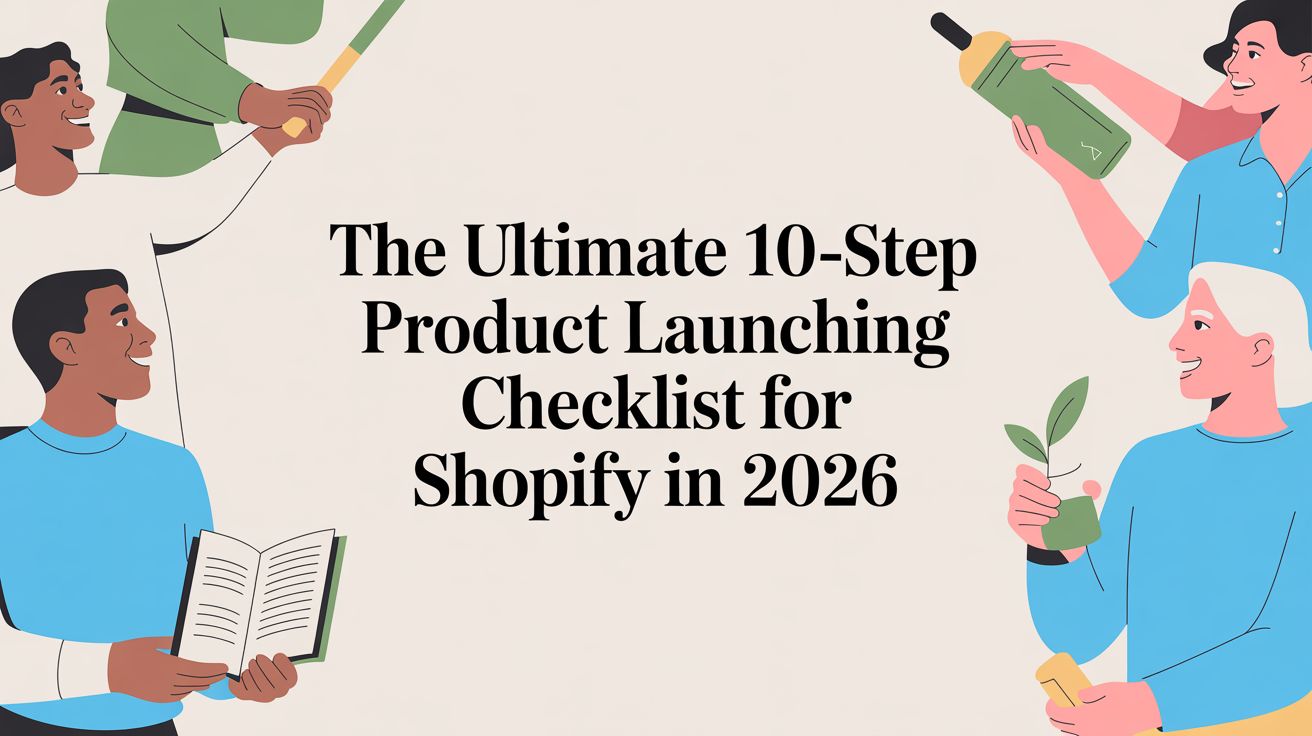
Using urgency psychology to increase email conversions: A step-by-step guide

When it comes to tried and true marketing channels, there’s no better example than email marketing. So it goes without saying that while many email marketing strategies have resulted in great brand success, they also aren’t anything consumers aren’t used to.
Creating excitement and a sense of urgency in consumers means tapping into innovative ways to accelerate performance against your email marketing goals. Enter urgency marketing: a way of using consumer psychology that allows you to craft your marketing, or promotions, in a way that drives immediate response.
This blog post will explain how you can create forward action in your email marketing activity and give you concrete tips you can use in the future.
Identifying your key conversion point
Before you can make any headway leveraging urgency marketing to gain more email conversions, it'll be helpful to identify a key conversion point to focus on. What is your most critical email marketing goal right now? For most brands, the answer falls under one or more of these three categories: acquiring new email subscribers, engaging existing email subscribers or reactivating subscribers who have gone dormant.
Once you’ve determined the brand goal that requires your attention, you can hone in on a metric you want to measure — and achieve — within this goal. Here are some common metrics for the email marketing goals mentioned above:
Acquiring new email subscribers: The amount of email subscribers acquired over a specific period of time.
Engaging existing email subscribers: Often measured in clicks, purchases driven from email marketing or by a dollar amount / subscriber count
Reactivating dormant subscribers: The number or percentage of inactive subscribers who engage with an email over a specific length of time.
Once you’ve determined the brand goal you'd like to focus on and how you'll measure it, list out all of the conversions that need to happen to get you to that goal. To help you brainstorm, the table below has a few examples (goals are in gray, and an example conversion that goes along with each is listed below it in purple). The key here is to get as specific as possible. Keeping your urgency marketing strategy focused, will help you to make the most of it.  Finally, out of each of the conversions you have listed, which one, if you accelerated its performance, would have the greatest impact on getting you to the goal you created? That's the one key conversion point we'll focus on layering urgency marketing over. This will help you to accelerate conversions, so you can get to that main goal you identified — and faster.
Finally, out of each of the conversions you have listed, which one, if you accelerated its performance, would have the greatest impact on getting you to the goal you created? That's the one key conversion point we'll focus on layering urgency marketing over. This will help you to accelerate conversions, so you can get to that main goal you identified — and faster.
Infusing in urgency psychology
Urgency marketing is the accelerator that will help you get the most out of your email marketing conversion, and it’s broken down into four elements of consumer psychology, listed below. You can choose to use one of these elements to motivate your key conversion point, or combine a few.
1. Anticipation
Why it works: Expectation around a future event excites us. (Learn more about the psychology behind marketing anticipation.)
Examples of how you can leverage anticipation to accelerate your key conversion point:
- Offer surprise rewards that consumers can collect immediately, or anticipate collecting later on, once they complete the conversion.
- Tease out something exciting around the outcome of completing the conversion point. (Ex: If the conversion point is signing up for your brand's loyalty program, tease out the benefits of the program.)
2. Scarcity / Fear of missing out (FOMO)
Why it works: When demand is greater than supply, this is motivating. (Learn more about the psychology behind scarcity and FOMO.)
Examples of how you can leverage scarcity and/or FOMO to accelerate your key conversion point:
- Offer a limited set of rewards that become available once the conversion is completed.
- Tell consumers that they can receive incentives for completing the conversion within a limited time window.
- If the conversion has to do with a specific product and that product is limited in supply, highlight that.
3. Competition
Why it works: The opportunity to “win” is powerful. (Learn more about the consumer psychology behind competition.)
Examples of how you can leverage competition to accelerate your key conversion point:
(Note: Competition does not have to involve consumers competing against each other; it can include consumers competing against the clock or themselves.)
- Tier rewards, and give the top ones to the consumers who are fastest to complete your conversion, either against others or the clock.
- Offer an incentive for the next X amount of consumers who complete your conversion.
4. Social proof
Why it works: Trust comes from people we know (Learn more about the psychology behind social proof.)
Examples of how you can leverage social proof to accelerate your key conversion point:
- Show how many others completed the conversion or earned the reward associated with it.
- Reward consumers for referring others to complete the conversion.
- Reward consumers for publishing social posts that encourage others to complete the conversion.
Making advancements in your email marketing conversions requires strategic thinking and creativity, starting with identifying your key conversion point and infusing urgency psychology around it. Urgency marketing is here to motivate more action from your audience and get you to your email marketing goals faster and more cost-effectively.

Lindsay Keener is a brand journalist for Quikly. She covers stories that help to inform and educate consumer-facing marketers.

